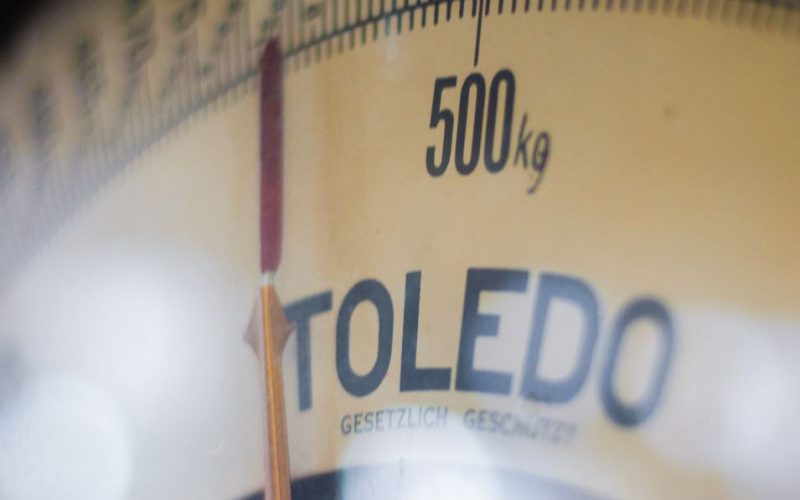Payload is a vital consideration for anyone looking to buy a commercial vehicle. Navigating weight and payload can be complex, especially with different vehicle brands and models- that’s why we’ve created this blog to help you understand the core details of payload.
Choosing a vehicle with a higher payload can be a game-changer for your business, offering benefits like cost savings, improved fuel efficiency, and vehicle durability. At CoolKit, we specialise in creating vans with a high payload capacity that are designed to transport more goods, all while keeping your temperature-sensitive products in perfect condition.
What is Payload?
The concept of payload in refrigerated vehicles can be confusing, since several different weight ratings are involved. Payload refers to the legal weight limit that refrigerated vehicles are allowed to carry, excluding its own weight. For businesses that need reliable refrigerated transport, investing in vehicles with a higher payload means more goods per trip, reduced fuel consumption, and better overall efficiency, without having to compromise on storage capacity.
Understanding Weight Ratings: Kerb Weight and Gross Vehicle Weight (GVW)
There are only two main weight ratings that you need to worry about when buying a fridge or freezer van – kerb weight and gross weight.
- Kerb weight: is the term used to refer to the weight of the standard, factory-model vehicle, including factory-installed equipment, facilities, and a 90% fuel tank. The kerb weight of a vehicle is calculated when it’s completely empty, and before any modifications (such as one of our own refrigerated conversion kits) have been installed.
- Gross vehicle weight (GVW):refers to the actual working weight of the vehicle, with all modifications installed, all crew inside and cargo loaded. (Our refrigerated vehicle kits would be counted in the gross weight, but not in the kerb weight). The gross vehicle weight is governed by the Gross Vehicle Weight Rating, which is assigned by the manufacturer when the vehicle hits the market. This rating indicates the highest load each fridge van can carry before the load risks damage to the vehicle, and possibly even danger to the crew and other road users
The difference between the GVW and kerb weight is your payload capacity; the maximum weight the vehicle can carry without exceeding its safe operating limits. For example, if a particular van’s GVWR is listed as being 3500kg (3.5 tonnes), and its kerb weight is 1900kg, then its payload capacity will be 1600kg. (Remember, that 1600kg includes absolutely everything loaded into the van, human and otherwise.)
How Higher Payload Can Benefit Your Business
Higher payload vehicles offer significant benefits for businesses in a range of sectors, from pharmaceuticals to food and drink. Here are a few of the major advantages:
- Financial Savings: One of the main attractions higher payload vehicles have for businesses is the cost savings they can provide. For a fleet of ten refrigerated vans, you could save over £55,000 a year using our vans, with total savings of £165,000 over a three-year period. Moreover, since our vehicles are designed to carry more weight without sacrificing fuel efficiency, businesses spend less time and money on maintenance, keeping their vans working superb for longer. The higher the payload, the more a business saves on costs.
- Increased Efficiency: An increased payload means fewer trips, less fuel used, and faster deliveries. This is particularly important in refrigerated transport, where maintaining the right temperature for goods and meeting delivery timelines are crucial for adhering to customer standards. A fleet of nine CoolKit vans can accomplish the work of ten competitor vans, giving you a 10% boost in productivity. Equally, the insulation we use in our vans is 17% more efficient than other materials like PET insulation, reducing the energy required to keep a cold interior.
- Durability: In addition to cost savings and efficiency, the refrigerated vans we supply are also built for durability. The materials we use are designed to withstand the demands of daily use, ensuring long-term reliability, less downtime and reduced maintenance costs. Our insulation provides 81% more compressive strength and 50% more tensile strength than competitor materials.

CoolKit’s Expertise in Higher Payload Refrigerated Vans
We’ve developed our techniques to produce vehicles that work smarter, helping to improve productivity and cut down on the number of trips required. On average, our refrigerated vans are 100kg lighter than traditional conversions that use wood and fibreglass. We also use extruded polystyrene insulation that is 60% lighter than the PET insulation used by competitors, reducing the overall weight of the van and improving the payload.
Whether you’re interested in buying a new van, or converting an existing one, we can equip your vehicle with a higher payload, resulting in increased productivity and cost savings, all whilst ensuring the freshness and safety of your products. To learn more about the vans we offer, please contact us, or review our case studies to see first-hand how our higher payload refrigerated vans have helped our customers.

